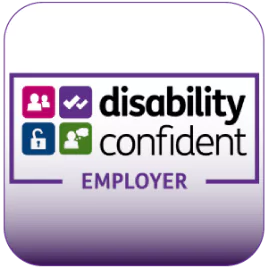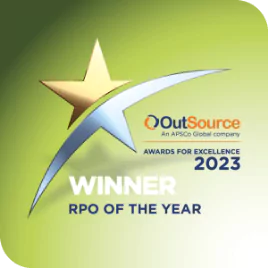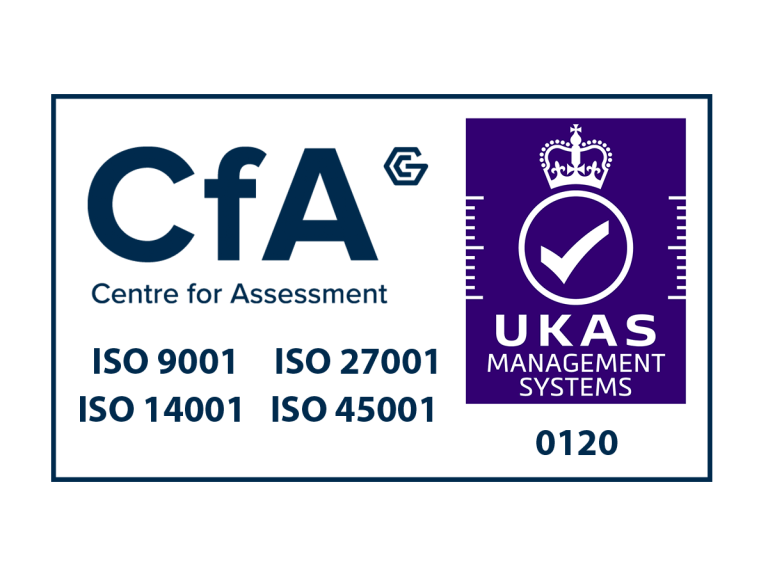Why Many Organisations Still Treat Succession Planning as a Reactive Process




Too many organisations treat succession planning as an afterthought – reactive rather than strategic. The result? Leadership gaps, rushed decisions, and unprepared successors. Instead of being an ongoing, Board-level priority, successful succession planning is often triggered only when a key leader departs.
Moreover, many organisations focus only on internal candidates, assuming they will still be available when needed. In reality, talent mobility, evolving skill requirements, and market disruptions demand a more dynamic approach to succession.

The assumption that tomorrow’s business landscape will mirror today’s is fundamentally flawed. The next few years will see unprecedented disruption driven by AI, automation, digital transformation, and shifting workforce expectations. Leaders will need to navigate:
A failure to acknowledge and prepare for these changes means today’s succession plans will quickly become obsolete.

The assumption that tomorrow's business landscape will mirror today’s is fundamentally flawed.
The notion that leadership skills remain unchanged is another misconception. Historically, leadership development focused on operational excellence, financial acumen, and industry expertise. While these remain important, emerging competencies are becoming critical:
Succession planning that ignores these evolving competencies puts organisations at risk of leadership gaps and talent misalignment.

Too often, succession plans fail to address a fundamental truth: top talent won’t wait for opportunities that aren’t clearly defined. In today’s hyper-competitive market, high performers are continuously sought after, and without a visible and actionable growth trajectory, they are likely to look elsewhere. Companies that neglect this reality risk losing their future leaders to organisations that actively invest in their development. To build a resilient leadership pipeline, businesses must proactively address the key drivers of high-performer attrition:

Succession planning that ignores these evolving competencies puts organisations at risk of leadership gaps and talent misalignment.
Leadership succession failures have crippled even the most successful organisations.
The lesson? A structured, proactive approach to leadership development is critical.

Traditional succession planning is no longer enough. Organisations must adopt an agile, forward-thinking executive search strategy to build resilient leadership pipelines that prepares leaders for an unpredictable future. Rigid, role-based succession models must be replaced with dynamic frameworks that cultivate leaders capable of thriving across multiple environments. This involves:
Agile succession planning isn’t just a strategy—it’s a necessity. Organisations that embrace adaptability and proactive leadership development will secure their future with a steady pipeline of ready-now leaders.

Omni’s Executive Search solutions go beyond hiring—we future-proof leadership by building robust, data-driven talent pipelines. We partner with businesses to:

Future leadership success isn’t accidental – it’s built through proactive succession planning. Here’s how organisations can develop a strong, future-ready leadership pipeline:
Succession planning isn’t just a process – it’s a strategic advantage. Organisations that embed agility, data-driven insights, and leadership development into their culture will thrive in an ever-changing business landscape.

Omni brings extensive international reach and cross-industry expertise, positioning us to meet diverse and complex hiring needs. Whether you’re looking for specialised knowledge in a particular sector or leaders with global insights, our broad network and deep industry understanding allow us to source high-calibre talent from a wide range of backgrounds. We understand the nuances of different markets and industries, enabling us to find the right leaders who are not only highly skilled but also culturally aligned with your organisation’s goals – wherever they may be located.
Omni offers both Executive Search and Recruitment Process Outsourcing (RPO) services, each designed for distinct hiring needs. Executive Search is tailored for senior leadership and specialised roles where strategic alignment, and high-impact capabilities are essential. Our Executive Search team proactively identifies top-tier talent to drive transformation within your organisation.
In contrast, RPO is where Omni offers a complete recruitment service for all or some of an organisations hiring needs. The service covers engagement, sourcing, screening, assessments, offer management, and onboarding. Our streamlined process ensures consistent and compliant recruitment practices tailored to organisations needs.
By offering both services, Omni can flexibly support your organisation’s unique recruitment demands, ensuring you have the right solution for every level of talent acquisition.
Recruitment typically fills entry- to mid-level roles by attracting active job seekers through advertisements and direct searches for specialist niche roles.
Executive search takes a proactive, strategic approach to senior leadership and niche roles. At Omni, we actively seek out top talent and embed ourselves in your culture to ensure candidates align with your organisation’s values and leadership style, delivering leaders who drive long-term success.
Omni’s people-focused approach champions both clients and candidates through every stage of the senior appointment journey. From rigorous assessments and cultural alignment to bespoke onboarding, we collaborate closely to ensure each leader is uniquely positioned to drive impactful, lasting transformation within your organisation. With Omni, you’re not just filling a role—you’re securing leadership that shapes the future.






